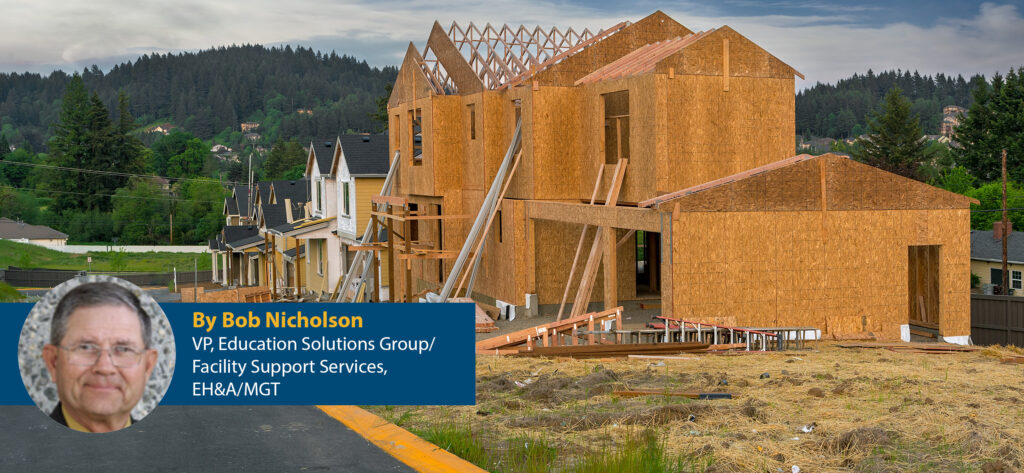
In part one of this multi-part series of articles, we discussed what to know and why to know about development impact fees. We discussed that development impact fees are NOT a tax but are, rather, one time charges applied to developments. We discussed why we need these fees and what they are used for. If you missed Part One, you could find that article here. In this second part we briefly discuss some of the history of developer fees for school facilities in California.
The legislature authorized school districts to levy school impact fees in 1986. The intent was to enable school districts to collect a fee to fund school facilities. The legislation set in motion the process and procedure designating an amount that could be levied on a per square foot basis for residential and commercial/industrial development. Government Code section 65996 does not allow local agencies to deny approval of a “project” based on school facilities adequacy.
A series of cases in law held the 1986 law applied to parcel maps, use permits, and building permits and not to discretionary decisions (general plan and zoning changes). These cases, Mira/Hart/Murrieta, 1988, 1991, and 1991 respectively, allowed cities and counties to use their power over land use to assist school districts to mitigate the impact of development, even if mitigation exceeded the statutory fee. These laws allowed additional mitigation measures for school districts for the California Environmental Quality Act (CEQA).
Senate Bill 1287 in 1992 attempted to cap the developer fee at $2.65. SB 1287 was repealed in 1993 after failing to meet a condition that a constitutional amendment would return state school bonds to a simple majority vote.
Senate Bill 50 passed in 1998. The State School Facility Program was reconfigured, and changes for both new construction and modernization programs were implemented. SB 50 included developer fee changes that would be enacted if Proposition 1A, a $9.2 billion state bond passed, which it did, bringing significant change to developer fee processes. SB 50 provided that developer fees authorized in Education Code 17620 or Government Code 65995 may be imposed on development of real property for full and complete mitigation. SB 50 continued the practice of levying the per square foot fee for residential development as long as the fee is justified. SB 50 did not change commercial fees.
SB 50 set in motion the identifying of the fees as “Level 1, 2 or 3” and the specific circumstances each level applies. We will discuss each in greater detail in our next article.


